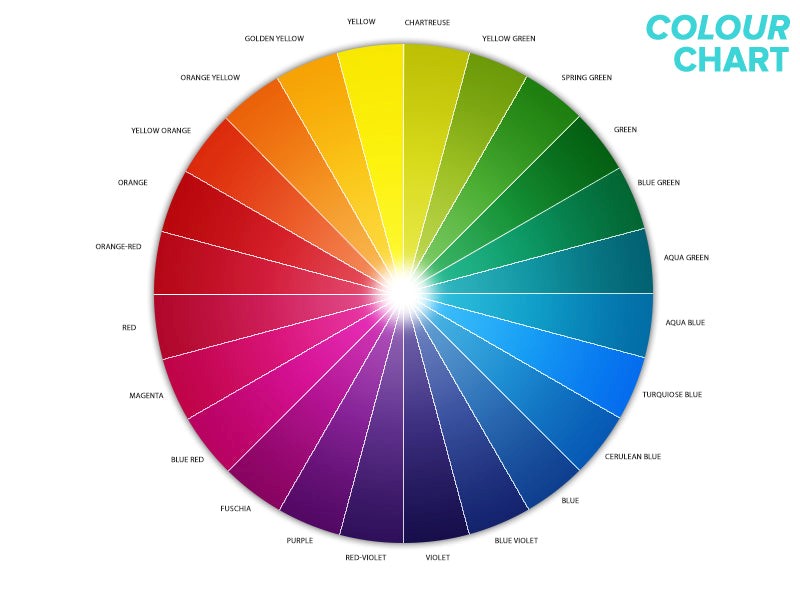Choosing Swimwear to Compliment Your Skin Tone
While this isn't a rule, and you should wear any color you choose, it is helpful to know which colors compliment your skin tone while selecting a bikini or swimsuit. Here's a quick guide to determining your skin tone and selecting the ideal color bikini, swimsuit, or piece of beachwear to enhance your natural beauty while on vacation and give you a glow like no other.

Smeralda at ISHINE365
Determine your skin tone.

Determine your skin tone
Warm and cool skin tones are the two most common classifications; whether you have a warm or cool skin tone, exercise in three ways.
1. Place something white beneath your chin, such as a towel or a large sheet of paper. Your skin tone is warm if it has a slightly yellow hue and cools if it is somewhat blue. Make sure you're free of make-up and perform the test in natural light.
2. Examine the bottom of your arm and your wrists. Do your veins appear blue, and your skin has pink or blue undertones? If that's the case, you have a cool skin tone. Do your veins appear to be greener, and your skin has a more yellow color? Then your skin has a warm tone to it.
3.Do you prefer gold over silver? If this is the case, your skin tone is warm. Your skin tone is cool if silver appears better on you.
Skin Tone: Cool

Cool undertones
Cool skin tones can range from exceedingly pale and porcelain-like with no cheek color to a darker complexion with pink or red undertones rather than golden undertones. When a cool skin tone tans, it takes on a reddy tint instead of a golden color.
This is the most prevalent skin tone, and it's also the most straightforward to dress for. With eye colors ranging from blue, grey, green, black, and cool brown, hair often has touches of blue, violet, silver, and ash undertones.
Skin Tone: Warm

Warm undertones
Warm skin tones can be dark, medium, or light, with golden or caramel undertones rather than pink or blue. Warm skin tones are characterized by hair with touches of orange, yellow, red, or gold, and eyes that are warm golden browns, dark brown, hazel, or green.
Skin Tone: Neutral

Dominican Republic
A neutral skin tone is attainable, and it is ideal for most color combinations and has traits of both warm and cool-toned persons.
Season

Season colors
You can dig into it further after knowing your basic skin tone, such as whether you're summer, winter, autumn, or spring, but understanding your fundamental technique can help you choose swimwear that will basically bring out the best in you on the beach.
Summer and winter are cool tones with blue-based palettes, and colors with blue undertones should be worn. Winter types' hair usually contrasts dramatically with their skin, ranging from pale to dark. Winter types look well in Ruby, Sapphire, Black, White, and Steel Grey. Summer types have a softer contrast between their complexion and hair and look great in ice or glossy colors like muted grey, aqua, and rose.
Warm skin tones are associated with spring and autumn, which feature yellow-based palettes. Spring colors are bright and cheerful, like peaches, bright true red, greens, and browns with golden overtones, whereas Autumn colors are warm, soft, and deep, like forest green, navy, burnt orange, caramel, and tomato red.
According to Von Luschan's Chromatic Scale, these categories have a range of tones that can be numbered from 1-36, with one being a very light 'Celtic' skin tone and 36 being a very dark 'Black' skin tone; thus, you can lean toward one kind more than the other or be somewhere in between.
Colors That Go With Your Skin Tone
Skin Tone: Cool
Deep, rich, brilliant jewel colors like ruby red, emerald green, raspberry, plum, and sapphire blue, as well as more muted tones like dusky pink, lavender, and powder blue, look great on cool complexion tones.
Skin Tone: Warm
Warm, natural, earthy colors like sage green, mocha, bronze, mango, burned orange, olive green, gold, deep tomato red, dark brown, and deep yellow go well with warm skin tones.
It's easy to perceive the difference between dazzling jewel tones and dark earthy tones on the wheel below, but it's also easy to observe the minor color variations and feel overly difficult. Knowing the fundamentals can greatly assist you in making your decision.
Making Use of the Color Wheel

Color Wheel
The color wheel is useful for combining color combinations that complement each other and your skin tone. It's ideal for mixing and matching tops and bottoms in swimwear, as well as matching jewelry.
Analog colors are naturally harmonious on either side of a chosen color on the color wheel, such as orange, yellow, and yellow with golden yellow in the middle.
On the color wheel, complementary colors are immediately opposite one another, which means they contrast and stand out. Complimentary colors are excellent for accentuating a specific color while maintaining its harmony.
Split complementary colors add contrast to an ensemble without being as strong as a straight complementary color. Yellow with blue-violet or red-violet is an example of a split-complementary color.
Triad colors are made up of three colors from the color wheel that are separated by seven shades. Chartreuse, Blue-Red, and Cerulean Blue, for example.
Monotone Chromatic, which uses one hue with different tints and shades of the same hue, is another useful color scheme.Monotone Achromatic schemes use neutral colors ranging from black to white and are particularly effective when a single bright color is used as a highlight. Like gold and silver, brown is a neutral cooler that may be blended easily.
If you liked this blog post remember to share with your friends!
With love, the Ishine team.


